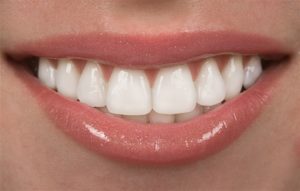Phone: 910-762-3481

 The perfect candidate for an implant is in good oral health and general health. Adequate jaw bone is necessary to support a dental implant, and the ideal candidates have healthy gum tissues free from periodontal disease.
The perfect candidate for an implant is in good oral health and general health. Adequate jaw bone is necessary to support a dental implant, and the ideal candidates have healthy gum tissues free from periodontal disease.
Implants are connected with underlying bone and gum tissues in the mouth. Since periodontists are the experts specializing in precisely those areas, they’re perfect members of your implant team. Not only will they have experience in working with additional dental experts, they also have the unique facilities, training, and knowledge needed to have teeth which feel and look just like your own. Your periodontist and dentist work together to make your vision a reality.
What’s an implant treatment like?
This treatment is an effort between you, your periodontist, and your dentist. Your dentist and periodontist will talk to you to figure out how, as well as where the dental implant ought to be placed. Depending upon your condition, as well as the kind of dental implant selected, the periodontist will make a treatment strategy customized to meet your needs.
● Ridge Modification: Lower jaw or upper jaw deformities may leave patients with inadequate bone in which to place implants. To fix the issue, the gum gets lifted from the patient’s ridge so it can expose the bony deformity. Then, the defect is filled with bone replacement or bone to build up the patient’s ridge. Ridge modification was shown to vastly improve appearance, as well as increase your opportunities for successful dental implants which may last for decades.
● Sinus Augmentation: The key to dental implant success is the bone’s quality and quantity in which the dental implant will be placed. The back, upper jaw traditionally has been among the hardest places to successfully place implants because of an insufficient amount of bone quality and bone quantity, as well as the close proximity to the patient’s sinus. Such an augmentation may assist in fixing this issue by raising the patient’s sinus floor, as well as creating bone for the placement of the implant.
● Replace All Teeth: If you’re missing all teeth, a full denture or dental implant supported full bridge may replace them.
● Replace Multiple Teeth: If you’re missing multiple teeth, dental implant-supported bridges may replace them.
● Replace Single Tooth: If you’re missing one tooth, one dental implant and one crown may replace it.
For more details on dental implants call Phelps Family Dentistry at 910-762-3481.